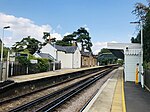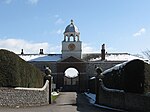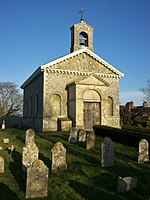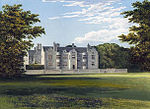Glynde and Beddingham
Commons category link is locally definedLewes DistrictLocal government in East Sussex

Glynde and Beddingham is an amalgam of two civil parishes in the Lewes district of East Sussex.
Excerpt from the Wikipedia article Glynde and Beddingham (License: CC BY-SA 3.0, Authors, Images).Glynde and Beddingham
Glynde Bridge,
Geographical coordinates (GPS) Address Nearby Places Show on map
Geographical coordinates (GPS)
| Latitude | Longitude |
|---|---|
| N 50.86 ° | E 0.07 ° |
Address
Glynde Bridge
BN8 6SS
England, United Kingdom
Open on Google Maps











